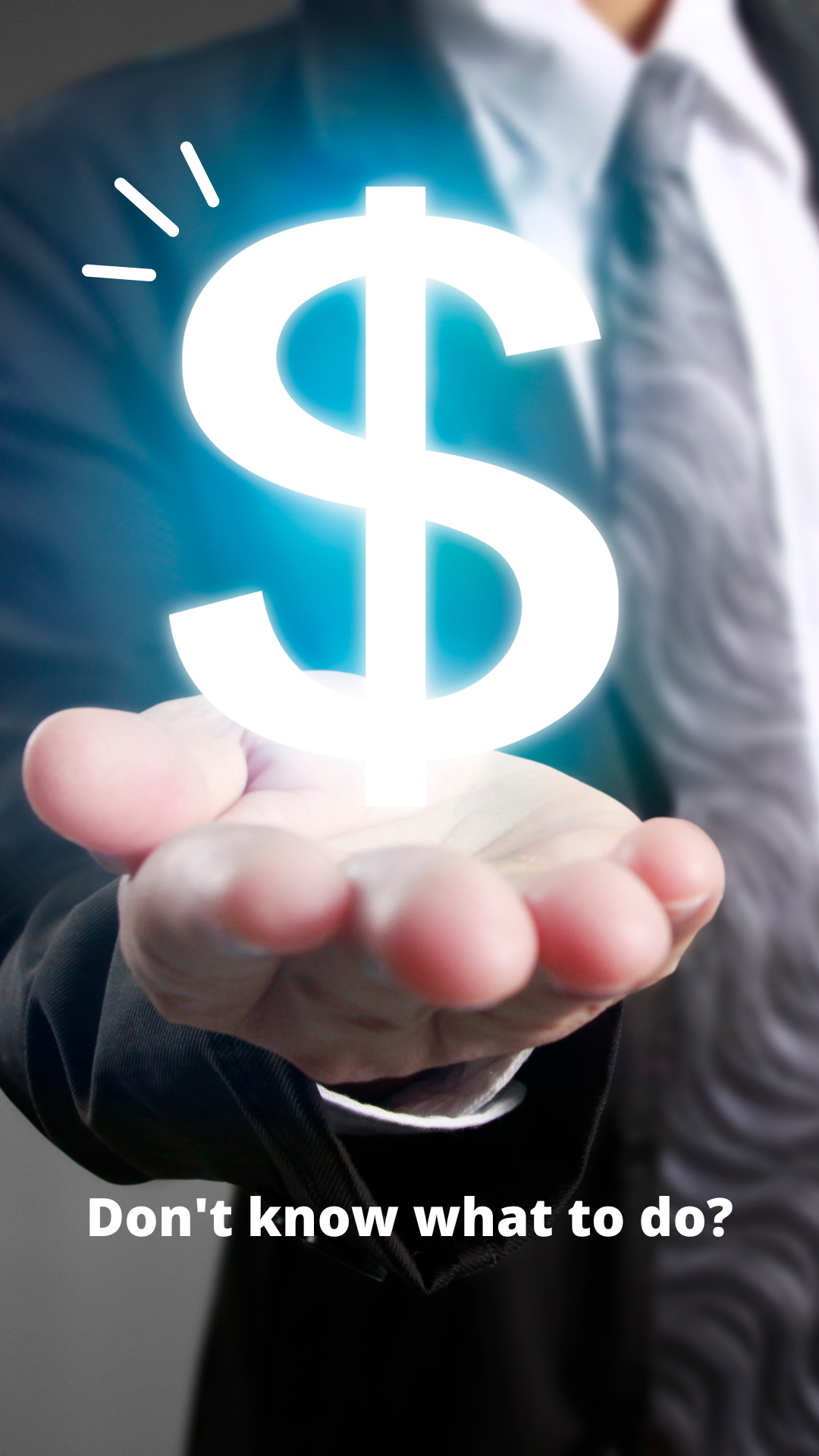Inflation and interest rates are like two sides of a seesaw in the economy. When one goes up, the other tends to go down, and vice versa. Let’s take a look at how they influence each other and what it means for everyone.
Inflation means prices of things we buy go up over time. Interest rates, on the other hand, are what you pay to borrow money or what you earn when you save it. Big organizations, like central banks, use interest rates to manage inflation.
When prices rise too fast, central banks might raise interest rates. This makes borrowing money more expensive, so people and businesses spend less. It helps cool down the economy and keep prices stable.
Conversely, when inflation is low, central banks may lower interest rates. This makes borrowing cheaper, so people spend more, which boosts the economy.
When interest rates go up, it costs more to borrow money for things like cars or houses. But on the bright side, it also means you can earn more interest on your savings. When interest rates drop, borrowing gets cheaper, but you might earn less on your savings.
It also affects things like how much you pay for loans or how much you earn on your investments. So, understanding these changes can help you make smart decisions about your money.
Inflation and interest rates are like a dance—they influence each other and affect our wallets. Knowing how they work together can help us understand why prices go up or down and how it impacts our finances.

 Facebook
Facebook
 X
X
 Pinterest
Pinterest
 Copy Link
Copy Link
